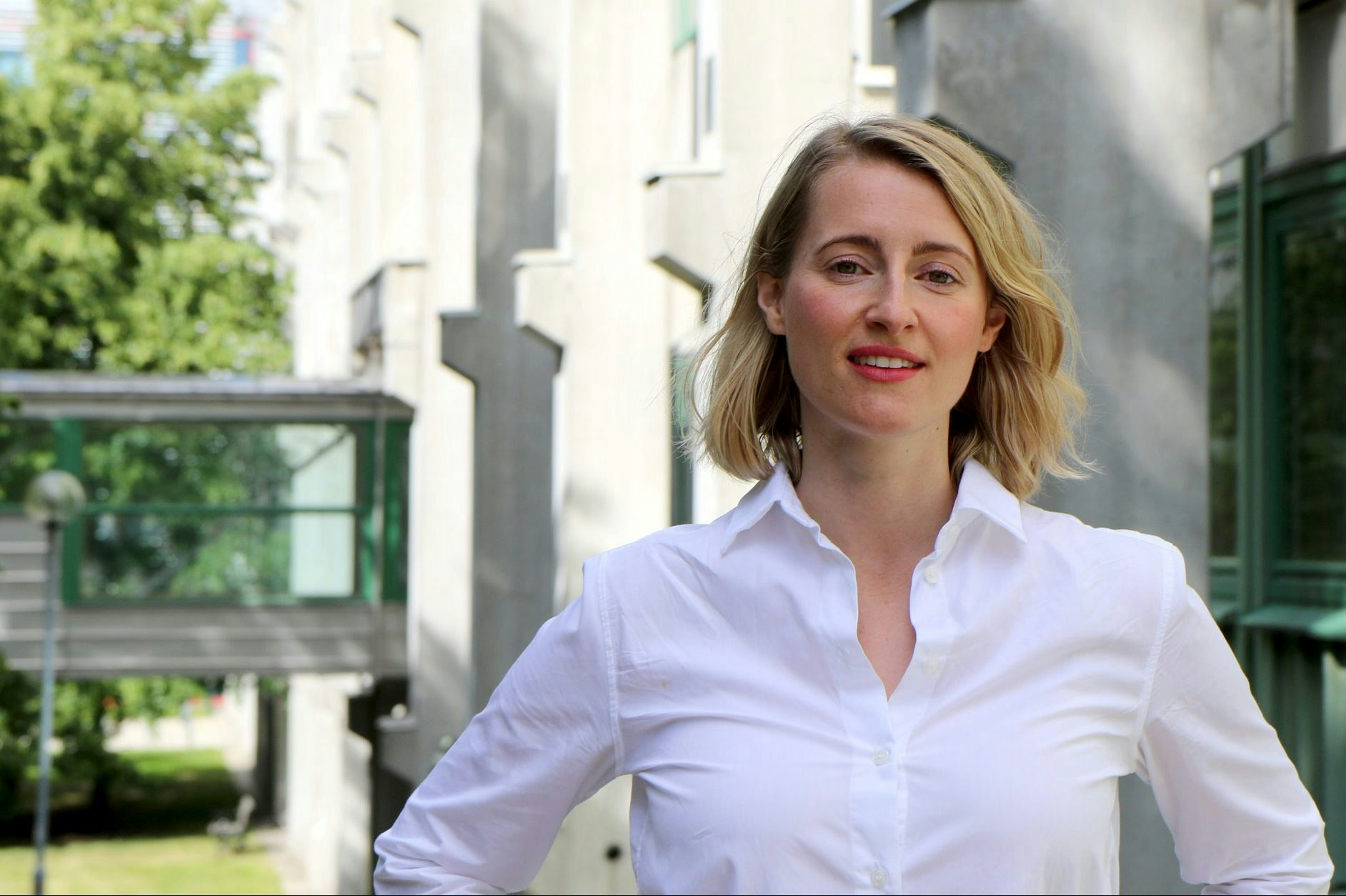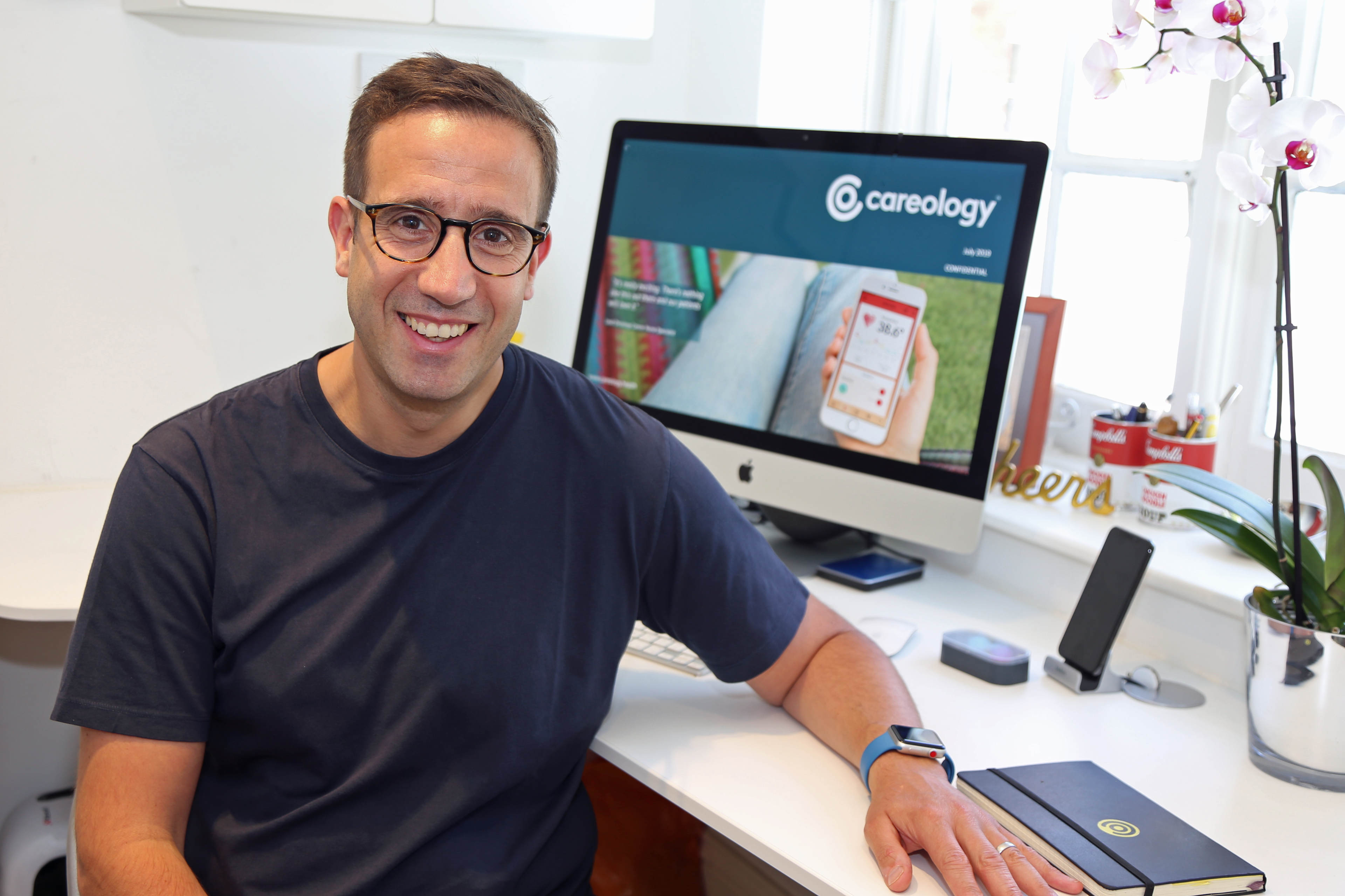“It’s kind of like a teabag,” says Ann Kramer, chief executive of clinical biomaterials company Electrospinning, as she describes the breakthrough medical device she is working on, which could free diabetics from daily insulin injections.
Instead of tea leaves, the fine nanofibre mesh would hold insulin-producing pancreatic beta cells inside it — protecting them from being destroyed by the body’s immune system — while allowing insulin molecules to travel through the membrane, being released into the body as needed.
“It would be implanted, probably in the perineal cavity,” says Kramer, holding her fingers up to her stomach to demonstrate. “We would make it soft so you wouldn’t feel it when you bent over or moved.”
The aim would be for the implant to last for at least two years, possibly longer.
No more measuring sugar levels, no more injections. No more need to wear an insulin pump. The device, being developed by the Oxford-based startup, is still at least two years from any real human use, but has the potential to transform diabetes treatment.
Diabetes affects around 422m people worldwide and is classed as an epidemic by the World Health Organisation. It is soon to be the seventh biggest cause of death worldwide. Yet a cure has so far eluded researchers.
One of the new promising treatments for the disease is cell therapy, where the missing insulin-producing cells would be replaced by new ones. Already in 2016, the Diabetes Research Institute in the US succeeded in a cell transplant that allowed the 41-year-old male recipient, a Type 1 diabetic, to discontinue insulin treatment.
However, transplanting pancreatic cells has proven tricky as they tend to be attacked and destroyed by the immune system. Finding a way to effectively protect the beta cells, therefore, has become key to making cell therapy work.
US company ViaCyte is working on a similar protective device to shield transplanted cells, working with Gore, the company that makes Gore-Tex fabrics, to develop a protective shield. Other companies working on protective pouches include Canada’s Sernova, US company Sigilon Therapeutics and Danish pharma company Novo Nordisk.
Kramer believes that Electrospinning's material, made out of nanofibres a 100th the thickness of a human hair, could be a good option for the protective casing. Nanofibres are already in many medical devices.
They can be designed to mimic structures in the body and to create "scaffolding” that guides cells into the right places to grow, for example.
Electrospinning is working with a US medical company, which is using a nanofibre mesh to help guide cells to heal joins between bones and tendons. It is a bit like helping regrow a coral reef by seeding the seabed with artificial coral.
The fact that the material is already approved for other medical procedures is an advantage.
“The FDA [US Food and Drug Administration] has already approved these for other uses, it is a raw material that they have seen before,” says Kramer.
Electrospinning has a patent, and has proven the technology on rodent cells. The project has been financed so far by Proof of Concept funding at Harwell Campus, supported by a grant from the UK's Science and Technology Facilities Council and involving working with a partner organisation, the Medical Research Council.
However, it is now looking to raise funding to take the research to the next phase and prove it can work with humans, and is looking to partner with a cell therapy company.


